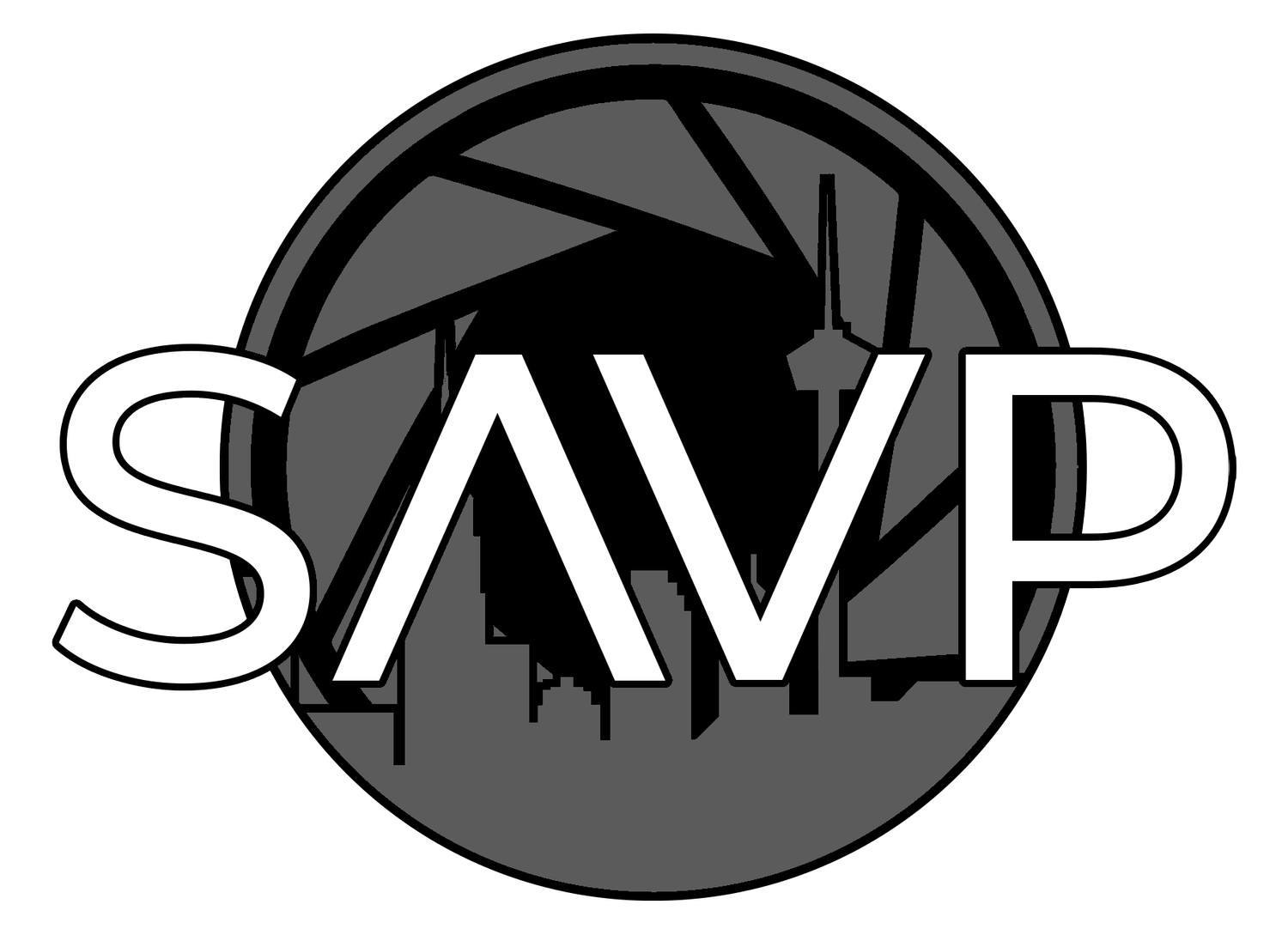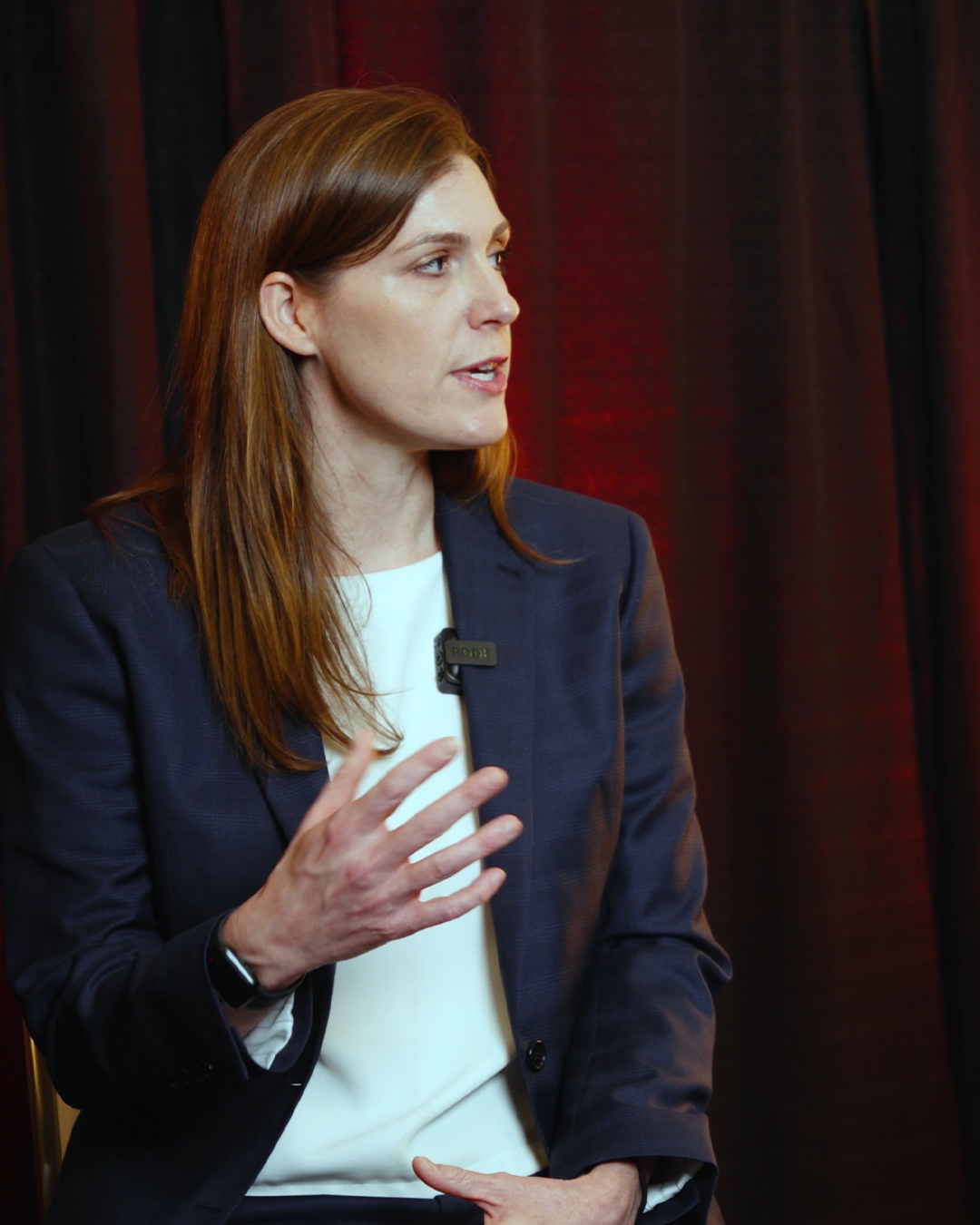Crafting Interview Questions: The Key to Transforming Your Video Content
Crafting great interview questions can significantly impact the effectiveness of your video content. While many rely on standard question lists, this approach often leads to missed opportunities for richer insights. Instead, focusing on creating what we call "Rich Talking Points" can dramatically enhance your interviews and engage your audience more effectively.
Understanding Rich Talking Points
Rich Talking Points are 15-20 second segments that evoke powerful stories and deep insights. They offer a chance to catch your audience's attention and draw them into your message. The value of these segments cannot be overstated. When done well, they serve as the backbone of your video content.
By developing questions that prompt interviewees to share these insights, you're not just gathering information; you're creating moments that resonate. This emotional connection is crucial in crafting impactful video content.
The Importance of Crafting Interview Questions
Crafting interview questions designed to elicit Rich Talking Points is essential for several reasons. First, it sets the tone of the interview. When you ask engaging questions, it encourages your interviewee to be more expressive and open. This vulnerability often leads to a more genuine conversation, creating a richer narrative for your audience.
Second, well-thought-out questions enable you to guide the conversation in a meaningful way. This leads to content that not only informs but also entertains and inspires. Ultimately, this approach will help you create videos that stand out in a crowded market.
How to Craft Effective Interview Questions
When crafting effective interview questions, consider the following guidelines:
1. Identify the Key Themes You Want to Explore
Before crafting your questions, think about the themes central to your video project. What do you hope to communicate? Once you've identified these key themes, you can begin structuring your questions to align with them.
2. Use Open-Ended Questions
Open-ended questions encourage more detailed and thoughtful responses. Instead of asking questions that result in a simple "yes" or "no," frame your questions in a way that requires elaboration. For example, instead of asking, "Did you enjoy working at Company X?", rephrase it to, "What were some of the highlights of your experience at Company X?"
3. Aim for Rich Talking Points
When crafting your questions, think about how each can lead to valuable Rich Talking Points. These points should allow interviewees to share personal stories, experiences, or insights that add value to your content.
Example Questions to Consider:
Can you share a defining moment in your career?
What challenges have you faced, and how did you overcome them?
How has teamwork influenced your professional journey?
4. Be Mindful of Video Length
Depending on the length of your video, the number of Rich Talking Points you want to include may vary. Here’s a quick guide:
For a 2-minute video: Aim for 6-8 rich points.
For a 3-minute video: Plan for 9-12.
For a 5-minute video: Think 15-20.
Remember, the additional segments like introductions and calls-to-action take up valuable time, so plan accordingly.
5. Create Impactful Soundbites
In video production, impactful soundbites serve as concise snippets that effectively communicate your message. These short clips are ideal for social media sharing and can quickly convey your key takeaways.
Consider crafting statements like, “Collaborating with BlueSky Enterprises transformed our customer service strategy.” This type of sentence creates a memorable soundbite that viewers can relate to and remember.
6. Comfort is Key
Interviewees can provide the best insights when they feel comfortable. Make sure they approve the phrasing of their responses. This helps maintain authenticity and aligns the messaging with their personal experiences.
Framing Your Content: The Vital Role of Introductions and Outros
While crafting effective questions and getting those Rich Talking Points is essential, don't overlook the importance of framing your content with well-crafted introductions and outros. These elements typically take 10-30 seconds and set the stage for your audience.
A compelling introduction grabs attention, while a strong outro leaves a lasting impression. Make sure to include a clear call to action—be it visiting a website, engaging with content, or sharing insights in the comments.
Sharing Insights and Improving Processes
Engaging video content starts with well-crafted questions. As we continually refine our processes, sharing insights with one another can uplift our strategies as a community. By focusing on crafting interview questions that lead to Rich Talking Points, we contribute to creating content that resonates deeply with our viewers.
In summary, crafting those interview questions and prioritizing Rich Talking Points will yield meaningful and impactful video experiences that your audience will remember.





